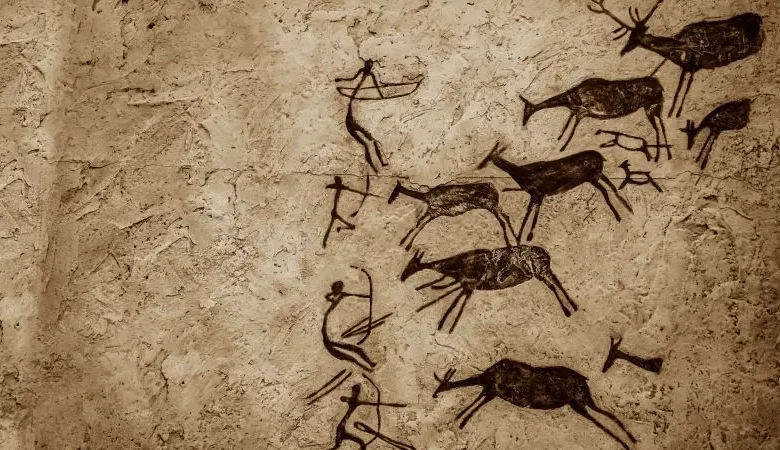Stone age chewing gum cures oral diseases

In a remarkable archaeological breakthrough, scientists conducting a recent Swedish study made a fascinating discovery about oral health during the Stone Age. They found DNA remnants in pieces of chewing gum dating back 9700 years, retrieved from an archaeological site in Sweden.
This groundbreaking research, carried out by a team of paleontologists from Stockholm University, sheds light on the oral diseases prevalent among prehistoric communities that relied on hunting and gathering.
Anders Gutherstrom, a co-author of the study, revealed that the gum samples were most likely chewed by teenage boys and girls during a specific phase of their lives. The birch bark pieces, which exhibited tooth marks and were soaked in saliva, were initially discovered three decades ago at the Hosby Cliff site, a prominent excavation site in Scandinavia.
Stone age chewing gum cures oral diseases

The researchers suggest that the chewing gum may have served multiple purposes. It possibly functioned as an adhesive, binding items together. Alternatively, it could have been chewed for pleasure or even for its perceived medicinal benefits. The analysis uncovered an alarming presence of bacteria associated with severe gingivitis, a painful gum infection.
Moreover, the study shed light on the dietary habits of Stone Age Scandinavians. Hazelnuts, deer, and trout formed a significant part of their diverse diet, evidenced by traces of their DNA found in the gum. Astonishingly, the researchers also discovered traces of apple, duck, and fox DNA, offering a glimpse into the rich variety of foods consumed by these ancient communities.

The gum samples not only provided remnants of human DNA from the Stone Age, but they also shed light on the diet and the bacteria people at that time harbored. This insight would not have been attainable through traditional bone analysis alone.
It’s worth noting that previous studies in 2019 allowed researchers to determine genetic makeup through gum analysis. Now, they are even detecting traces of non-human DNA, further expanding the knowledge and possibilities within this field of research.










